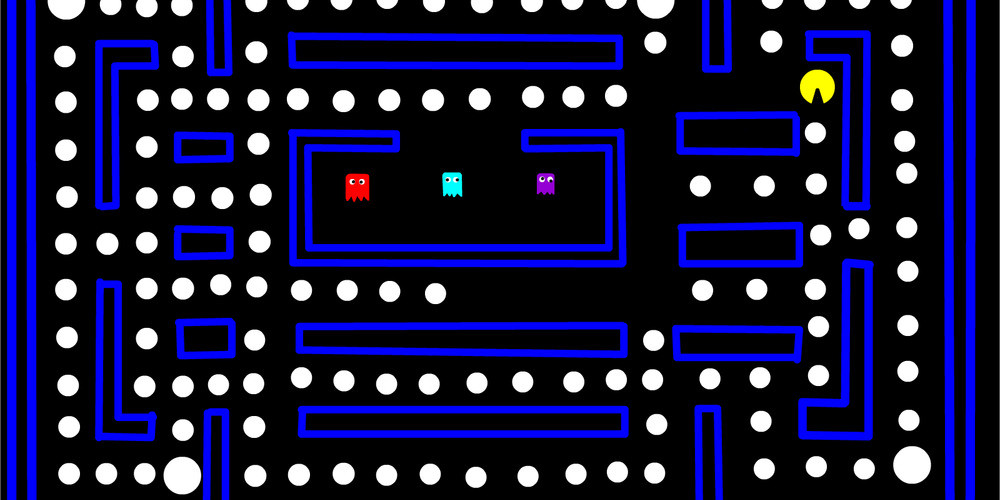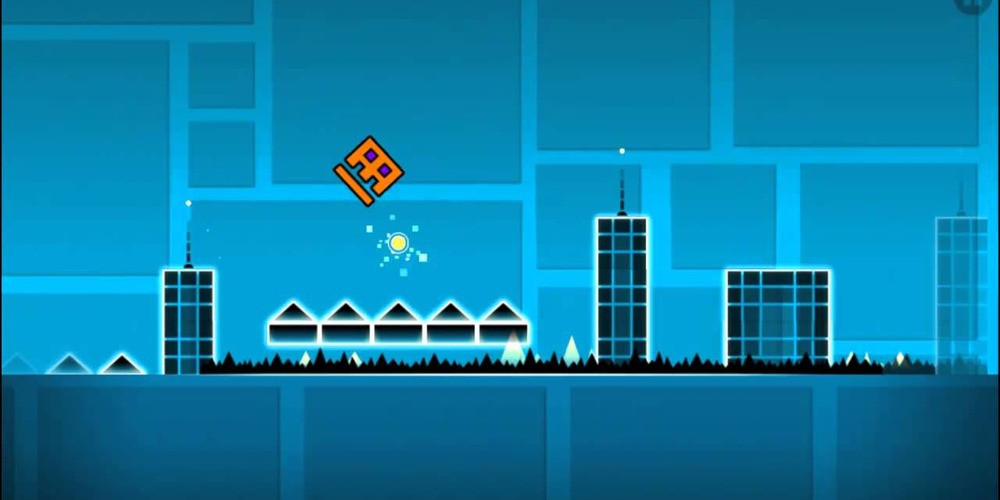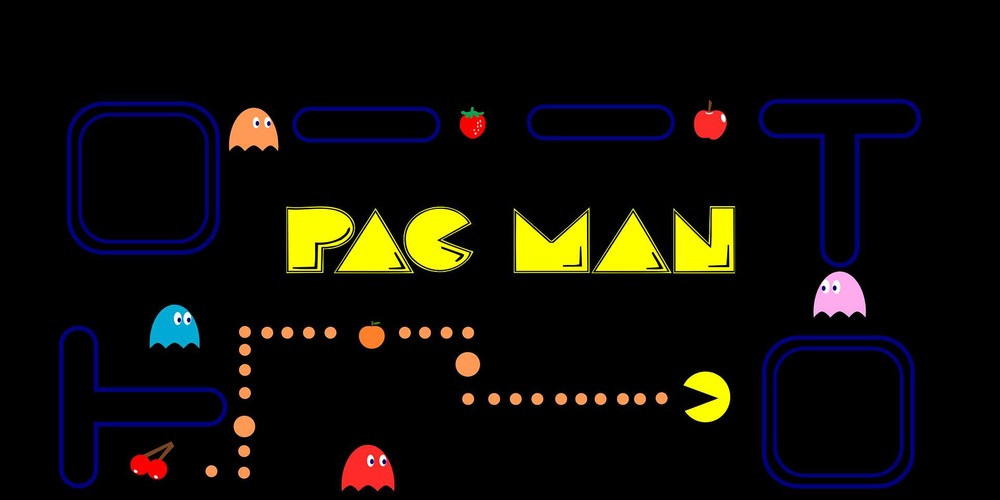Nostalgia Meets Innovation: The Renaissance of Classic Games on Modern Platforms

The gaming industry has undergone a profound transformation over the years, evolving from simple pixelated screens to complex, high-definition experiences that blur the line between game and reality. However, despite these advancements, there's a growing trend that harks back to simpler times - the resurgence of classic games on modern devices. This nostalgic wave isn't just a trip down memory lane; it's a powerful movement that merges the simplicity and charm of old-school games with the cutting-edge technology of today's gaming platforms.
The Allure of Classic Games

Classic games, with their straightforward mechanics and often challenging gameplay, hold a special place in the hearts of many. These games were not just pastimes but pieces of cultural fabric that defined the childhood of an entire generation. The return of these games on modern devices offers a unique blend of nostalgia and newness, a chance to reconnect with cherished memories while appreciating the enhancements that current technology brings to the experience.
Adapting to Modern Devices
The journey to bring classic games to modern platforms is not without its challenges. Developers must find a delicate balance between preserving the essence of the original game and optimizing it for contemporary hardware. This often involves reimagining graphics to suit high-definition displays, tweaking control schemes to work with touchscreens or modern controllers, and sometimes adding new content to expand the original experience. To achieve an equilibrium between novelty and nostalgia, the ambition is to craft a rendition of the game that resonates with the seasoned enthusiasts while simultaneously captivating the interest of newcomers. This approach aims to blend the cherished elements of the original with innovative features, ensuring a game experience that is both comforting in its familiarity and exciting in its fresh appeal.
Designers' Perspectives

Interviews with designers involved in reviving these classics reveal a deep respect for the original creations coupled with a commitment to innovation. One common inspiration cited is the desire to share the games that shaped their own love for gaming with a wider audience. Challenges vary from technical issues like adapting game mechanics to different screen sizes to creative dilemmas such as updating graphics while retaining the game's original aesthetic. Despite these hurdles, the passion for bringing these games back to life shines through, driving designers to find solutions that pay homage to the classics while leveraging the capabilities of modern devices.
The Role of Community Feedback
Community feedback plays a crucial role in the revival of classic games. Developers actively engage with fans through social media, forums, and beta testing to gather insights and suggestions. This collaborative approach ensures that the updated versions stay true to what players loved about the original while incorporating features and improvements that today's audience expects. It's a testament to the enduring appeal of these games and the communities that have kept them alive in the collective memory.
Conclusion: A Bridge Between Generations

The return of classic games on modern devices is more than just a trend; it's a celebration of gaming's rich history and its continuous evolution. By blending nostalgia with innovation, these revived classics offer a unique opportunity for older generations to revisit cherished memories and for new players to discover what made these games legendary. It's a powerful reminder of the timeless appeal of well-crafted games and the universal joy of gaming that transcends age and technology. As we look to the future, the renaissance of classic games on modern platforms stands as a testament to the enduring nature of great game design and the unbreakable bond between players and the games they love.
Latest posts
See more-
![The Last of Us Part II: In-Depth Character Analysis and Storyline Exploration]() Editor’s Choice
2024-08-11
The Last of Us Part II: In-Depth Character Analysis and Storyline Exploration
The Last of Us Part II is an action-adventure video game that has gained significant popularity since its inception. Developed with immense creative prowess by...
Editor’s Choice
2024-08-11
The Last of Us Part II: In-Depth Character Analysis and Storyline Exploration
The Last of Us Part II is an action-adventure video game that has gained significant popularity since its inception. Developed with immense creative prowess by...
-
![CrossCode Developer Announces Alabaster Dawn, Enters Early Access in Late 2025]() News
2024-08-12
CrossCode Developer Announces Alabaster Dawn, Enters Early Access in Late 2025
In 2021, Radical Fish Games initially introduced a new action RPG titled Project Terra. Now, they have officially named it Alabaster Dawn and announced that...
News
2024-08-12
CrossCode Developer Announces Alabaster Dawn, Enters Early Access in Late 2025
In 2021, Radical Fish Games initially introduced a new action RPG titled Project Terra. Now, they have officially named it Alabaster Dawn and announced that...
-
![Alabaster Dawn Planned to Have 30-60 Hours of Playtime, Demo Launching in Early 2025]() News
2024-08-13
Alabaster Dawn Planned to Have 30-60 Hours of Playtime, Demo Launching in Early 2025
Radical Fish Games has made an exciting announcement regarding their upcoming action RPG, Alabaster Dawn, which is set to enter early access in 2025. In...
News
2024-08-13
Alabaster Dawn Planned to Have 30-60 Hours of Playtime, Demo Launching in Early 2025
Radical Fish Games has made an exciting announcement regarding their upcoming action RPG, Alabaster Dawn, which is set to enter early access in 2025. In...
Latest Reviews
See more-
![]() Action
Cult of the Lamb
Action
Cult of the Lamb
-
![]() Action
WILD HEARTS™
Action
WILD HEARTS™
-
![]() Casual
Gacha Club
Casual
Gacha Club
-
![]() Action
Call of Duty®: Warzone™ 2.0
Action
Call of Duty®: Warzone™ 2.0
-
![]() Action
Gacha Cute
Action
Gacha Cute
-
![]() Action
Cuphead - The Delicious Last Course
Action
Cuphead - The Delicious Last Course










